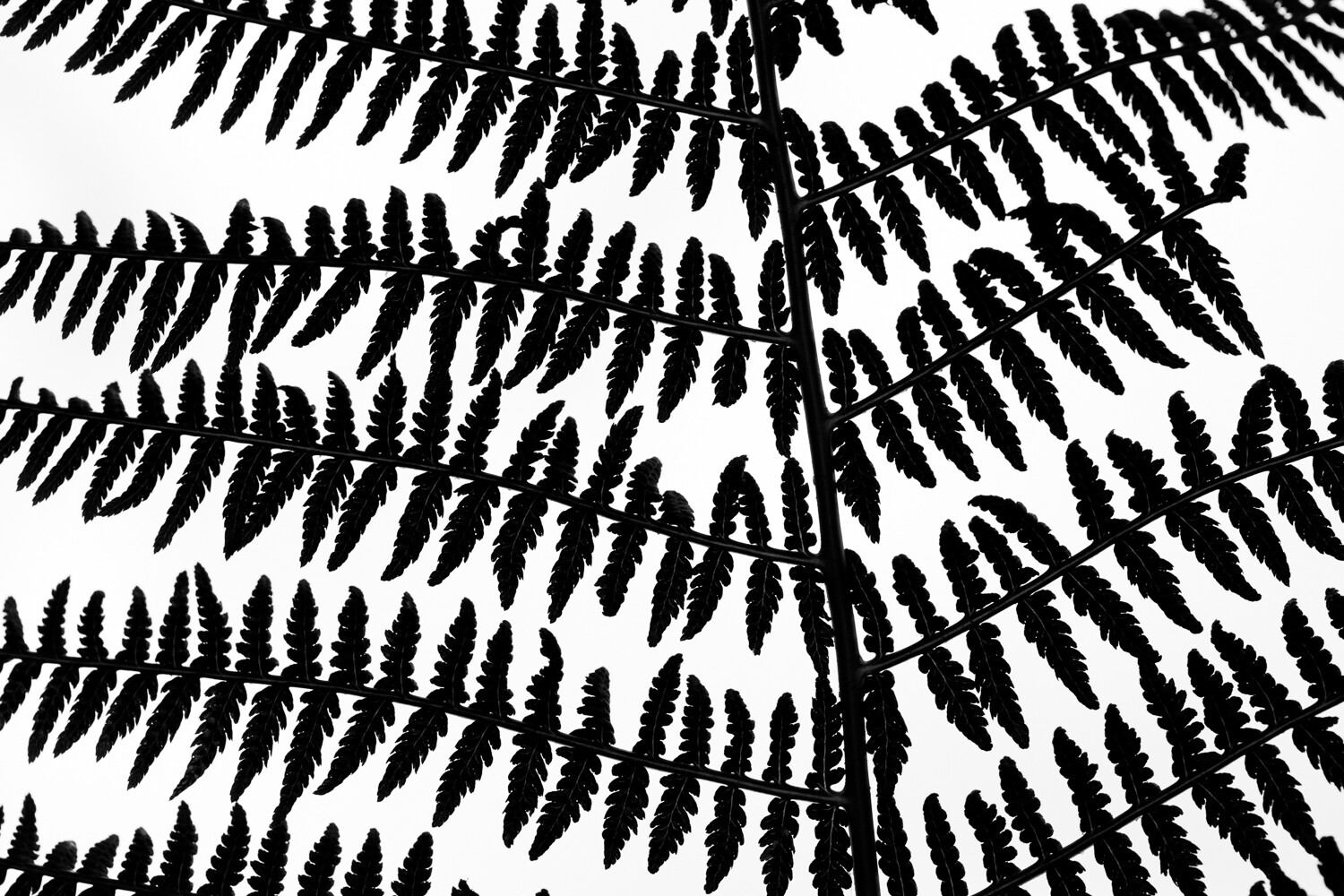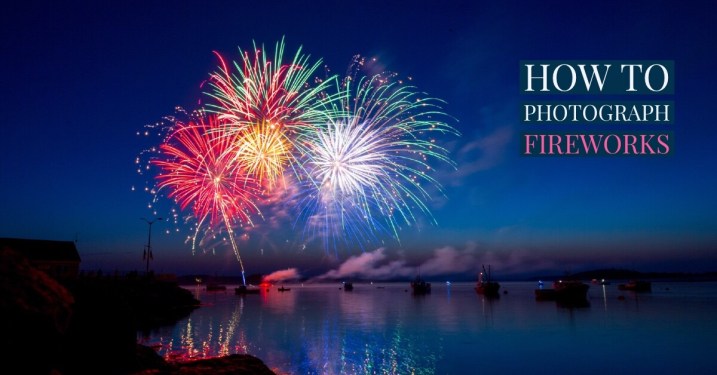7 Techniques for Original (and Stunning) Nature Photos
Do you want to capture original nature photos?The kind of photos that are both stunning and unique?
You can.

While capturing original nature photography might seem hard, it doesn’t have to be.
Because there are a few simple tricks that you can use…
…which will help you create original photos, consistently.
And it’s not about finding new locations.
It’s not even about finding new subjects.
Instead, it’s about looking at the subjects you have in a completely different light.
Let’s get started.

1. Use unusual lighting for surprisingly dramatic shots
For a long time, I felt like my images were frustratingly similar. I couldn’t find any new compositions. I couldn’t create the kind of magic I wanted. I felt like I had hit a wall.Until I discovered the power of directional lighting.
Now, directional lighting is something that most photographers are familiar with. You get directional lighting when the sun is low in the sky – so that the light hits your subject from a particular direction.

If the light hits your subject from the front, it’s frontlight. If your light hits your subject from the side, it’s called sidelight.
But while frontlight and sidelight are nice enough, they pale in comparison to the power of backlight.
(Which is the type of light that completely changed my photography.)
Backlight comes from behind your subject. If you want a backlit photo, you should make sure that your subject sits between you and the sun – and then point your lens at your subject.
What’s so great about backlight?
Backlight allows you to capture intense, dramatic light. It allows you to create a contrast-heavy photo, one with a beautiful background and a detailed subject.

However, you want to be careful not to create a silhouette. If you underexpose the photo too much, the subject will lose all its detail, leaving you with nothing but a bright backdrop.
So here’s what I recommend:
Point your camera at your subject. And then crouch down so that the sun moves behind the bulk of your subject. If you can block the sun, you’ll reduce the background brightness. And you’ll be able to capture some nice detail in your subject while giving the overall shot some gorgeous background light.

One more tip:
It can be useful to let the sun fall through a background object. If there’s a tree in the background, angle yourself so the sunlight falls through the tree. This will create some spectacular bokeh.

And it’ll take your nature photos to a whole new level.
2. Shoot from strange angles for a completely new perspective
Shooting from new angles is a classic method for capturing original photos.That’s because it works. Really, really well.
Of course, you don’t want to use the same new angles, over and over again. That will just cause you to fall into a cycle of creating similar photos once again!

Instead, try to find a new angle for every subject you photograph.
I’m a fan of getting down low, and I recommend you try it, too. Crouching, crawling, or even lying on the ground is a great way of opening up more intimate perspectives.
And more intimate perspectives can make for stunningly original images.

Another tip is to make yourself feel disoriented. Try lying on the ground, looking up at your subject. Or try climbing high above your subject, so that you’re shooting straight down.
These particular angles are just starting points. Take them and make them your own. Experiment as much as possible.
That’s how you’ll capture original photos.

3. Apply creative techniques for unique takes on a subject
Another easy way to produce original nature photos is to add something new to your photography arsenal. Something you’ve never tried before.One way to find these techniques is to look at photographers in other genres. What are they doing that you like? What’s creative about their work? Is there something that you can take from their photos and apply to yours?
I’ll mention just a few creative techniques here. These will give you a sense of the possibilities of nature photography. And they’ll also open up new shots for you, right now.
First, one of my favorite creative techniques is freelensing. This involves detaching the lens from your camera and tilting it in different directions for a tilt-shift style image.

Freelensing will give you some striking images filled with shallow depth of field, gorgeous bokeh, and stunning light leaks.
Second, I recommend trying intentional camera movement photos (or ICM). ICM photos are beautifully abstract and impressionistic.

To capture amazing ICM photos, simply set your shutter speed to something low (in the 1/2s to 1/20s range). Then experiment with moving your camera when you take the photo.
If you persevere, you’ll soon be taking some amazing images!
Third, you should try the ‘shooting through’ technique, also known as ‘cramming.’
Find a subject – then change your angle so that you’re shooting through something in the foreground. This is generally vegetation, but it doesn’t have to be.
If you can create a shallow depth of field, you’ll blow the foreground into a beautiful wash of color. And you’ll capture some highly-unusual nature photos.

4. Create abstracts of your subjects for something impressively different
One thing I love about abstract photography?It forces you to see your subject in a whole new light.
And that’s why abstract photography is perfect for creating fresh perspectives of a subject.

But this leads to the question:
How do you actually create stunning abstracts?
I have a few tips:
First, get close. For abstract photos, closer is almost always better.
Two, try to think in terms of shapes and lines, rather than subjects. Compose while keeping these geometric elements in mind.

Third, be careful not to underexpose your photos. It’s easy to do this with close-up abstract photography because you lose light as your lens focuses closer. So make sure to compensate for this possibility.
Finally, use your viewfinder a lot. Move your camera, and watch as the composition changes.
And when things start to look really good…
…take your shot!

5. Switch lenses for a fresh focal length (and fresh feel)
Sometimes, all we need to do for a fresh perspective……is switch lenses.

After all, you probably use the same lens for your nature photography pretty often. I know that I have a few lenses in my kit that I use regularly.
And this can cause you to get comfortable with your photography. You might struggle to find new images.
So switch lenses. And make the switch as big as possible.
If you’ve been shooting flowers with a long lens, try using something very short. If you’ve been shooting landscapes with a short lens, try to go for something long. And if you’ve been shooting birds with an ultra-telephoto, why not try something that shows far more of the environment?
Whenever I try this technique, it works wonders. The completely new perspective feels wonderfully fresh – and I get photos that I really love.

6. Find a photo you like and take something different
This technique is a tricky one.If you can do it correctly, you’ll capture stunning original images. But if you approach it without much motivation, you’ll end up creating something boring and derivative.
Here’s how it works:
Start by finding some nature photos you like, but that were taken by other photographers.
Then recreate those photos. Recreate the setup, the composition, everything.
Finally, make three major changes to the shot.

The changes can be anything: settings, lighting, composition, and more. The point is to create a shot that’s radically different from the original, but that still captures the magic that the original possessed.
You can even use some of the techniques from elsewhere in this article. Add in a bit of ICM. Use a wildly different angle.
You’ll ultimately capture an original image. An image you can be proud of.

7. Shoot until you can’t shoot anymore, then keep shooting
Here’s one final technique for original nature photos:Find a subject. Then photograph that subject as you normally would, taking all the obvious photos.

But then, once you’ve run out of easy ideas…
Keep going.
Keep taking photos.
And keep trying to innovate. Keep trying to find new nature images.

At first, you’ll struggle. You’ll think there’s nothing more that can be done.
But then you’ll start to have new ideas. Your mind will open up.
And that’s when you’ll get some of your most original photos!
Techniques for original (stunning) nature photos: next steps
Capturing original nature photos can be really, really tough.Or, at least, it might seem that way.

But the truth is:
Anyone can take original nature photos! As long as they know a few simple tricks.
So as long as you follow the techniques laid out in this article…
…your nature photography will be gorgeous, stunning, and – above all – original!
Got any more tricks for original nature photos? Be sure to share them in the comments!
Share this article.
 It’s getting close to fireworks time of year so today we wanted to present you with a few tips to help you photograph fireworks displays. The biggest thing to remember is that it’s all about practice, experimentation, and the following mantra (say it with me!)
It’s getting close to fireworks time of year so today we wanted to present you with a few tips to help you photograph fireworks displays. The biggest thing to remember is that it’s all about practice, experimentation, and the following mantra (say it with me!)

























